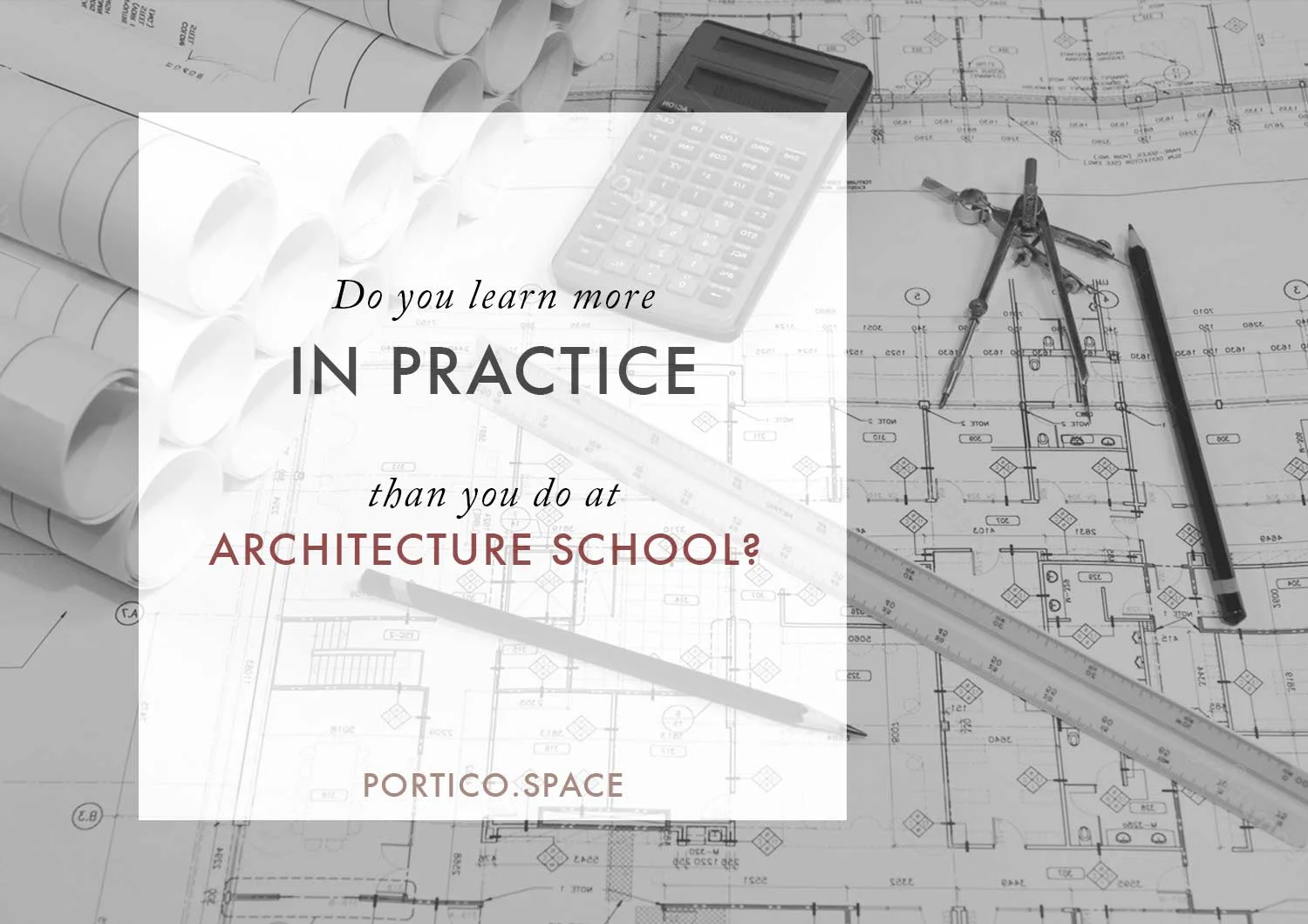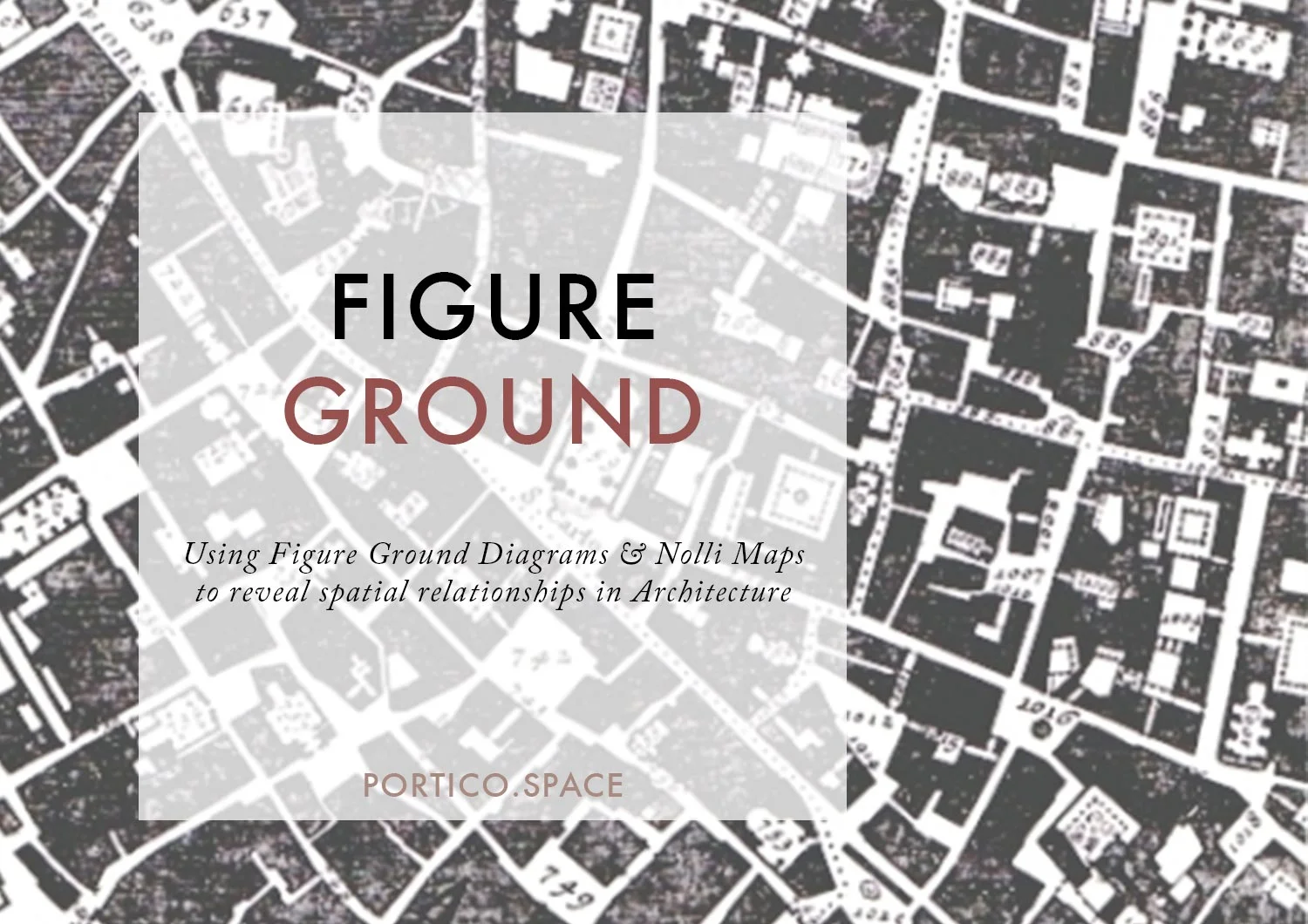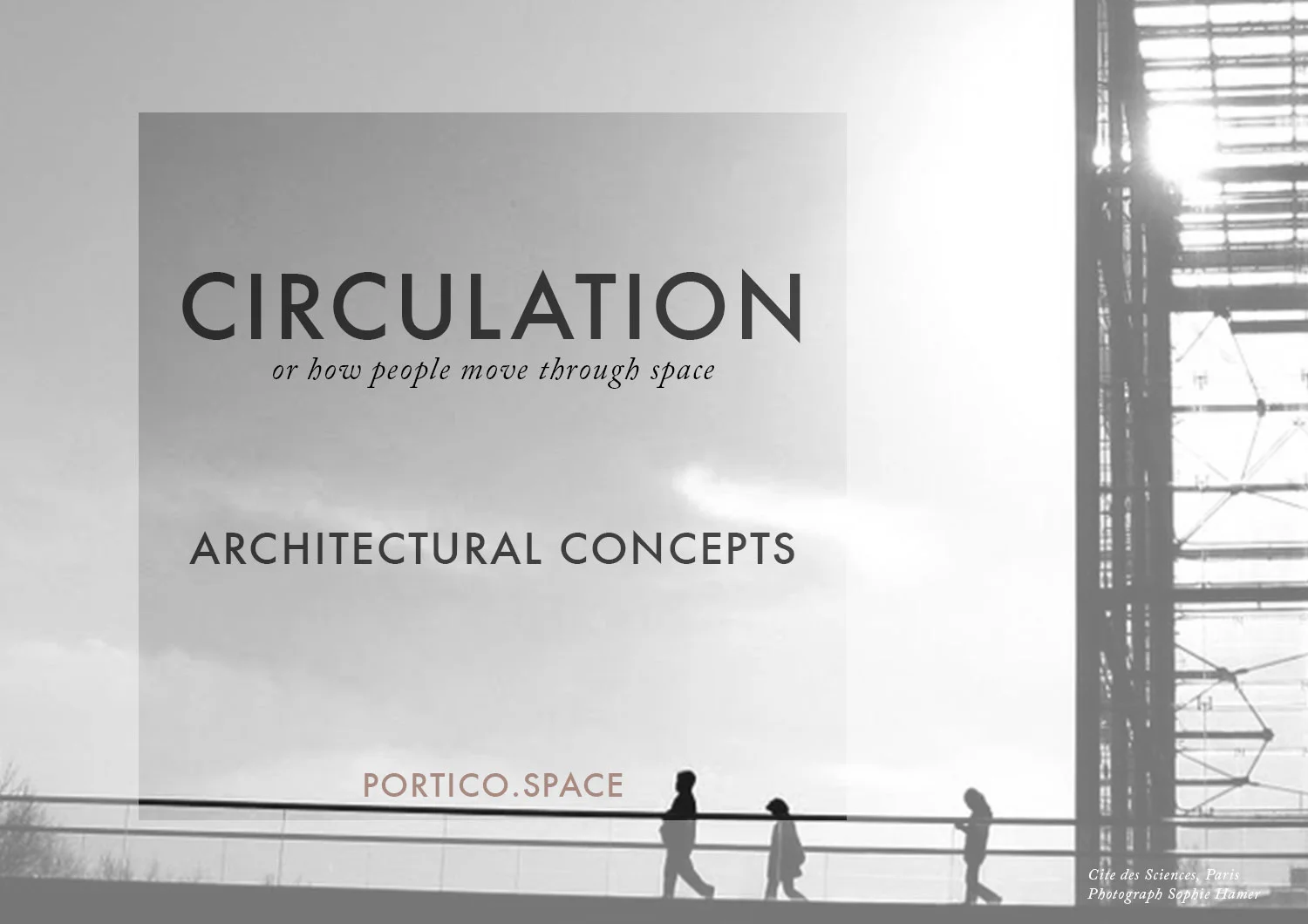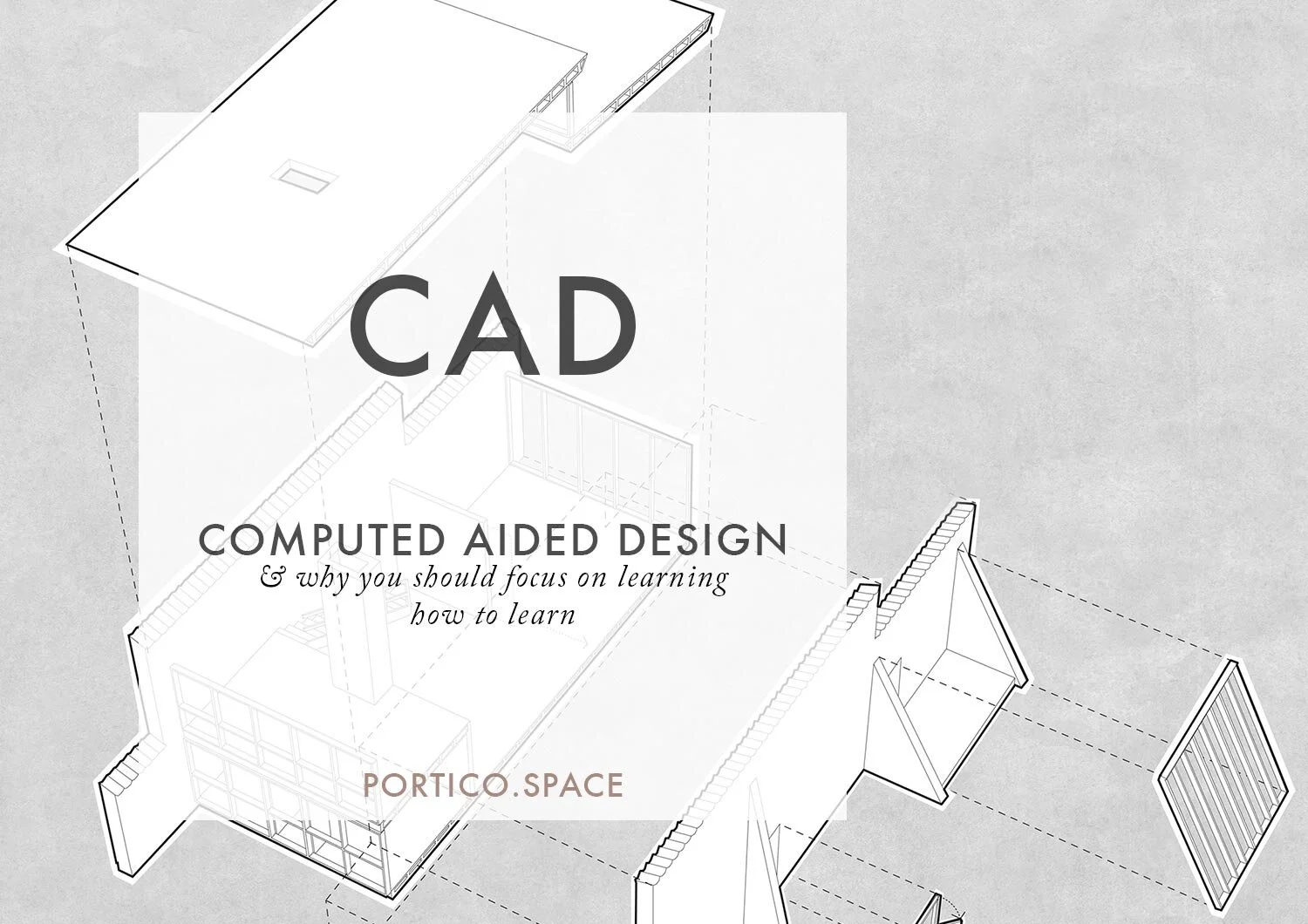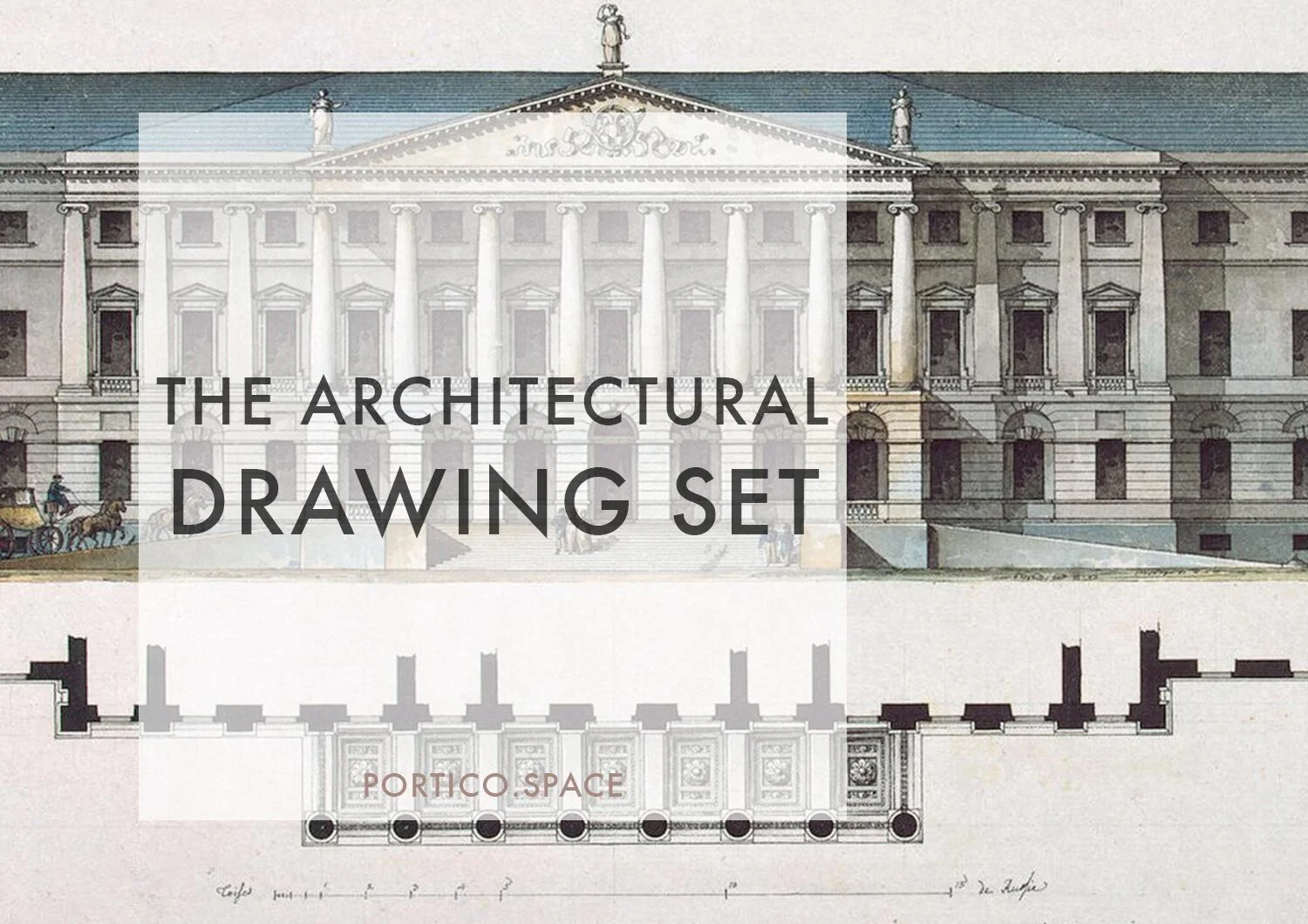Atelier Bow Wow is a Tokyo-based Architecture firm founded by Yoshiharu Tsukamoto and Momoyo Kajima in 1992. They are one of the most innovative, original and productive architecture firms of the present day.
Read MoreHhow do you feel about group work?
In my experience - both as a student and as a teacher - there are two kinds of people at architecture school, those who love group projects, and those who begin trembling with anxiety at any mention of working with others.
Unfortunately, all it takes is one bad group project experience to tip those in the first group into the latter group. And going back the other way isn't such an easy slope to climb.
Read MoreIf your architectural drawings have glaring inadequacies in the construction or structural department, your tutors, critics, peers and clients will be distracted from the really rich, well-considered and revolutionary aspects of your work. To avoid this, u need to make your architectural concept believable.
Read MoreThis post isn't about content - the quantifiable 'stuff' you'll learn at architecture school or in practice - or about how well architecture school 'prepares' you for practice. Instead, I'm going to unpack for you:
- why I think it is a myth that you learn more in practice;
- the conditions that perpetuate this myth; and
- why it's a dangerous way to think - not matter what stage you're at in your journey.
Instead of falling prey to the myth, you can choose to be strategic in your education, and take the driving seat in your architectural journey.
Read MoreYour first year of architecture school will be exciting - there's no doubt about that! But it might also be daunting, and even overwhelming at times.
The class structures, workload and expectations are probably very different to what you have experienced before, either at school or in the workplace. In fact, even if you have studied at university before coming to architecture, the expectations and intensity of the studio environment can catch you off guard.
In this post, I'm going to share with you some of the things that might be different at architecture school.
I'll let you know:
- what to expect;
- what the workload is like,
- how you can manage your time.
I'll also talk through some ways you can prepare for and manage them - so you can focus on doing your best work!
Read MoreIn this post, I'm going to share with you everything you need to know to get started with figure ground drawings.Read More
Scale allows us to understand the relationship between a representation - a drawing or model - and reality. Being able to draw accurately to scale, and to shift fluidly between scales, is one of the most important aspects of architectural drawing and spatial design.
Read MoreIn this article, I will look at what circulation is, and how you can design for it - using the rules and breaking them too. I also touch on how architects represent circulation, often using diagrams, and how circulation relates to Building Code Requirements.
Read MoreLine weight is the visual lightness, darkness, or heaviness of a line within a drawing. In any architectural drawing, from a sketch to a construction drawing, the interplay of different relative line weights is used to communicate depth, importance, and proximity.
Read MoreAt the present moment in architecture, Computer Aided Design (CAD) is almost ubiquitous, a change which has happened in the last 15 years. Now, more advanced methods of Building Information Modelling (BIM) are becoming more commonplace. At architecture school today you will almost certainly be expected to use CAD software to draw, model, and design.
Read MoreAt each different project stage in the Architecture Process, we make different drawings or enhance existing ones. At concept, rough sketches and diagrams are key. As we move into Preliminary and Developed Design, the drawings are measured, scaled, and square. In Detailed Design, in preparation for construction, tendering and Building Consent, drawings take on incredible density, including a high level of information and rigour.
Read More



